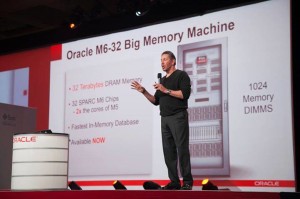After outlining the Project Fusion in early 2005, Oracle Corp undertook what became a six-year effort to modernize its core business applications. It is clear that Oracle has made Fusion a focus for the company and continued investment in this area with a steady cadence of updates since its initial release.
With the new release of Fusion, applications share common middleware (easier to integrate) and embed analytics (something that was arguably ahead of its time) and customers have the option of running their applications either on premise or in the cloud via software as a service (SaaS). The initial success of Fusion is much debated and the product still has not driven a re-acceleration in Oracle’s applications


